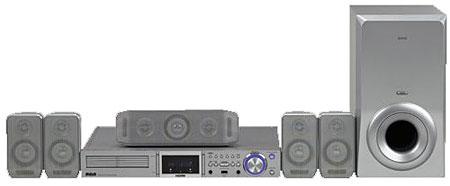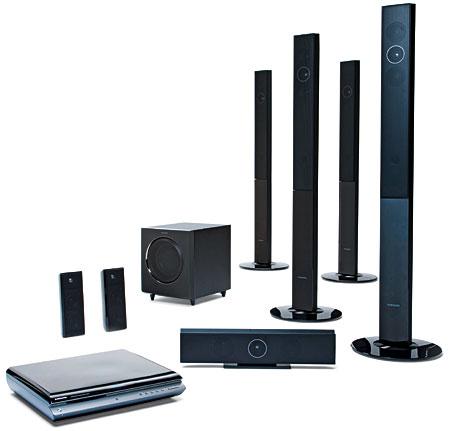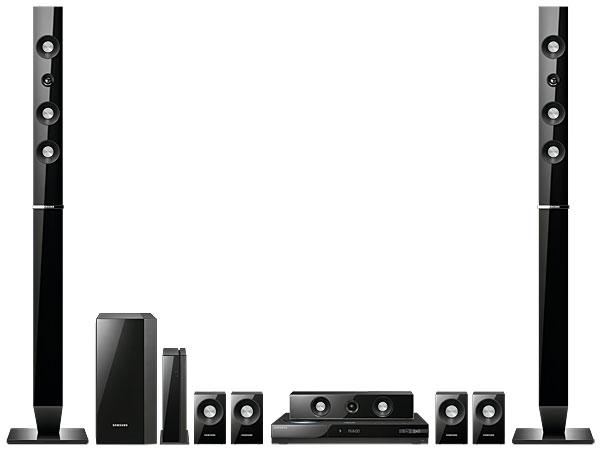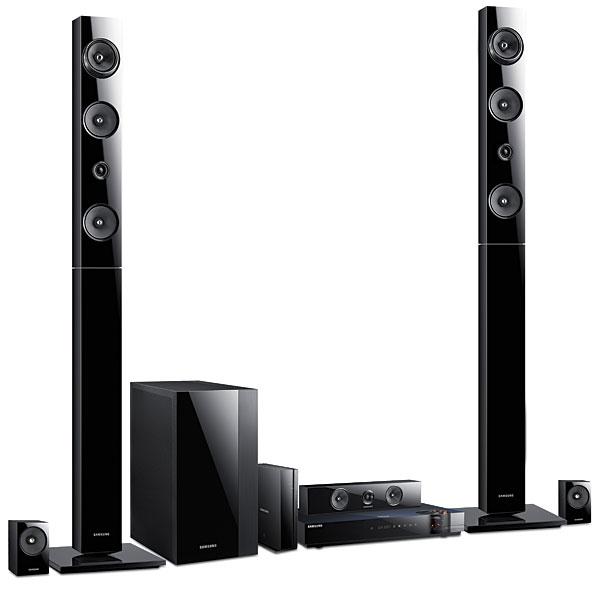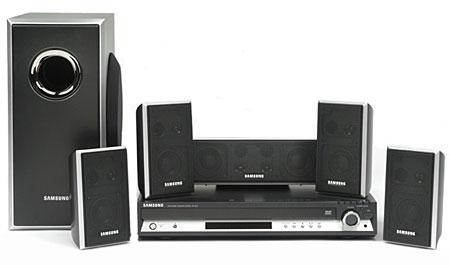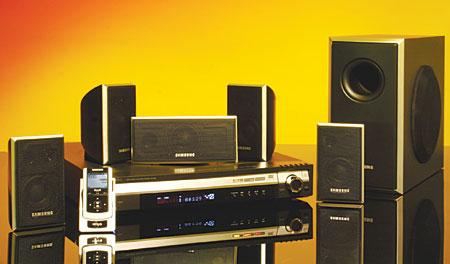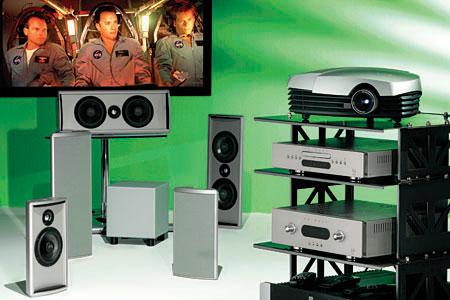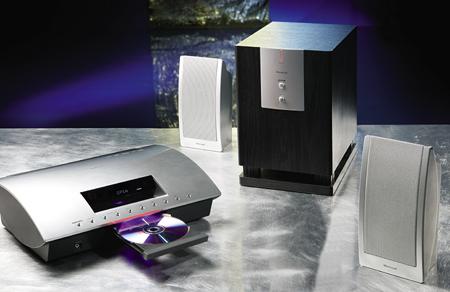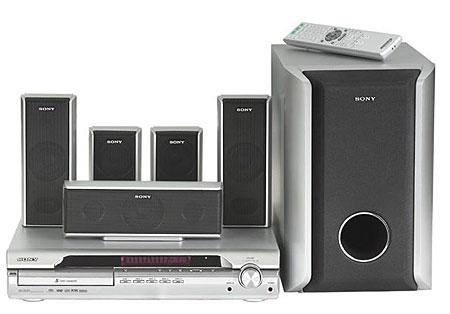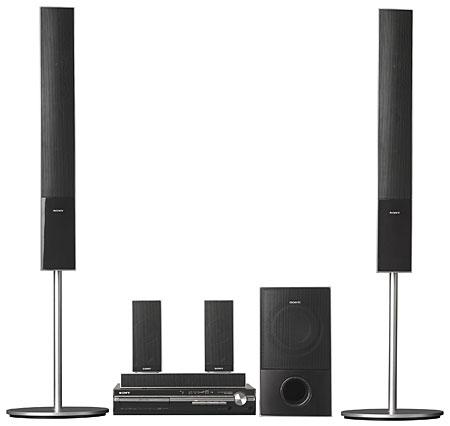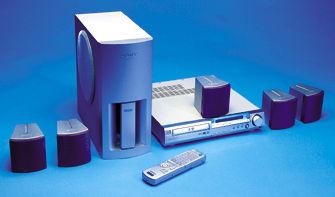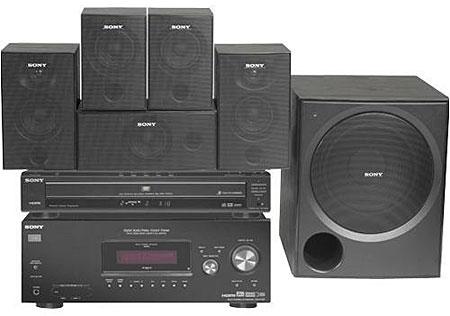Home Theater Systems Reviews
Sort By: Post DateTitle Publish Date
|
Dec 28, 2010
|
Nov 05, 2012
|
Sep 18, 2006
|
Jul 20, 2005
|
Aug 30, 2005 |
First Published: Aug 31, 2005
|
Jun 05, 2007 |
First Published: Jun 06, 2007
|
Feb 15, 2005
|
Jul 18, 2000 |
First Published: Jul 19, 2000
